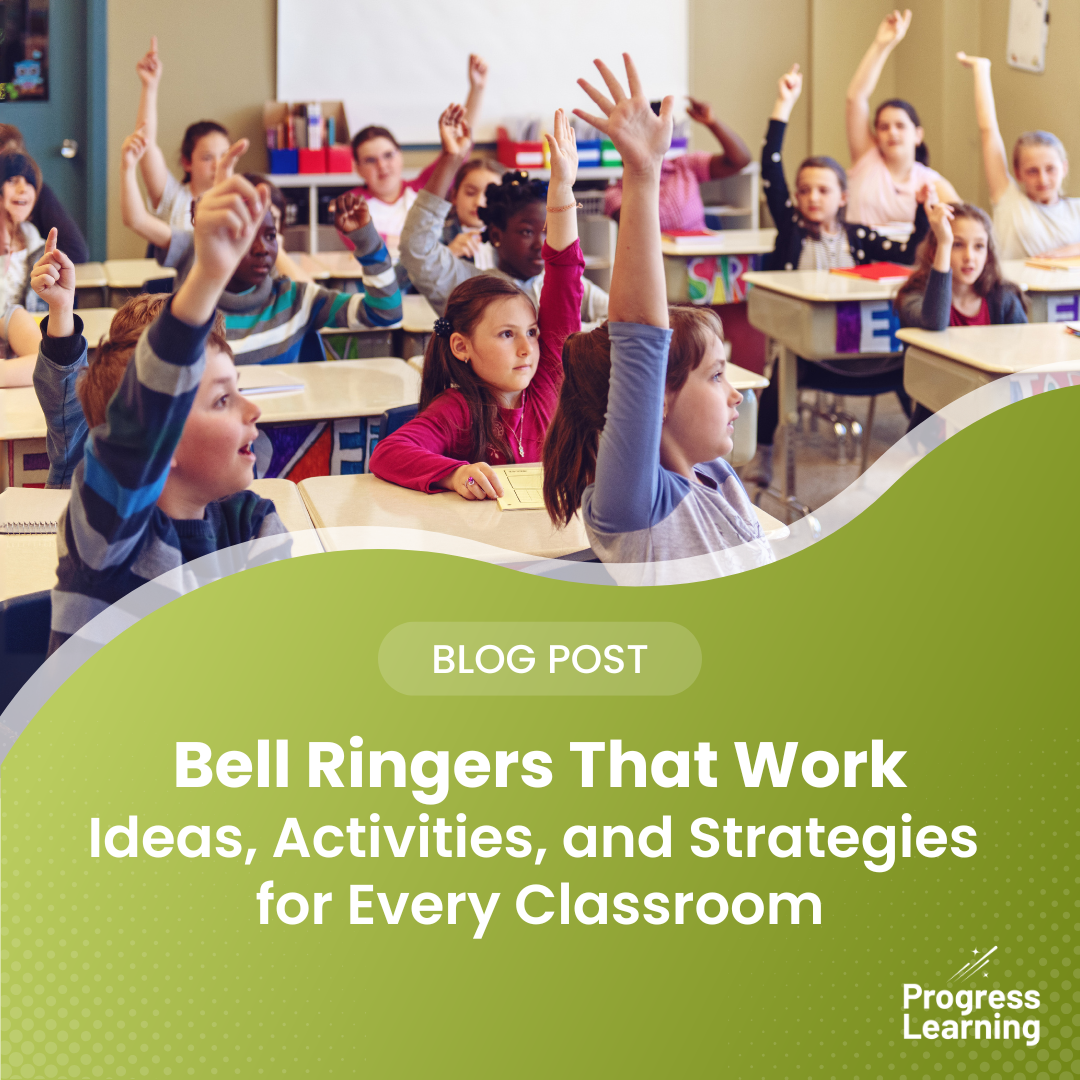Proven Strategies for Gamifying Your Classroom
Gamification isn’t just a trend—it’s a powerful way to engage students, boost motivation, and enhance learning outcomes. When students feel like they’re playing a game rather than completing traditional assignments, they’re more likely to stay focused, collaborate with peers, and take ownership of their progress.
So how can you incorporate gamification into your classroom? Whether you’re looking for small tweaks or a complete classroom transformation, these proven strategies from actual teachers offer actionable steps to bring the benefits of gamified learning to your students.
Why Gamification Works
Many educators have seen firsthand the power of gamification in increasing student participation and academic performance. This is largely due to the way games naturally encourage behaviors that are critical for learning, such as:
- Persistence: In video games, players don’t quit after failing a level; they keep trying until they succeed. Gamification fosters this same mindset in the classroom.
- Collaboration: Many games require teamwork, which can help students build communication and problem-solving skills.
- Immediate Feedback: Unlike traditional assignments where students wait for grades, gamified learning often provides instant feedback, reinforcing learning in real-time.
- Personalized Learning: Gamification allows students to progress at their own pace, ensuring they master concepts before moving on.
Gamification Strategies You Can Implement Today
Adapt Classic Games for Learning
You don’t need high-tech solutions to gamify your classroom. Classic games like scavenger hunts, bingo, and Scrabble can be customized for any subject.
- Bingo with Vocabulary Words: Call out definitions, and students mark the correct word on their cards.
- Scavenger Hunts: Have students search for clues related to a lesson topic, either in class or online.
- Scrabble for Content Mastery: Form words that relate to key concepts in the lesson.
Use Digital Game Platforms
There are many free and interactive platforms that bring gamification to the classroom:
- Kahoot!, Quizizz, and Gimkit: Turn quizzes into competitive, fast-paced challenges.
- Breakout EDU: Engage students with digital puzzles that require critical thinking.
- Think or Swim by Progress Learning: A collaborative classroom game designed to reinforce concepts while making learning fun.
Create a Quest-Based Learning Journey
Turn assignments into quests where students earn points for completing tasks.
- Set up missions where students answer questions to earn points.
- Assign extra challenges to unlock “power-ups” like extra credit or bonus activities.
- Use apps like Classcraft to build personalized classroom adventures.
Boss Battles: Make Learning Competitive
A “boss battle” pits students against a challenge they must conquer to advance.
- Create a “boss” (a tough question set) that students must defeat together.
- Use Google Forms or slides to simulate an interactive battle with different difficulty levels.
Implement a Classroom Badge System
Badges offer a sense of achievement beyond traditional grades.
- Award badges for mastering skills, completing projects, or showing teamwork.
- Use Classbadges or display a physical badge board in the classroom.
Introduce Role-Playing and Storytelling
Role-playing games (RPGs) make lessons immersive and interactive.
- Assign students roles in a detective mystery where they gather evidence to support claims.
- Turn math into an adventure where students must solve equations to unlock treasure.
- Encourage storytelling in subjects like history, where students “become” historical figures.
Track Progress with Leaderboards and Points
Leaderboards help students visualize progress while promoting healthy competition.
- Display a classroom leaderboard for individual or team achievements.
- Allow students to track their own “leveling up” progress.
- Use a point system where students earn rewards for participation and mastery.
Set Time-Based Challenges
Adding a time limit to an activity increases excitement and focus.
- Give students a countdown to complete tasks.
- Use timers to create fast-paced learning activities like speed math drills or rapid-fire vocabulary challenges.
How Progress Learning Supports Gamified Learning
At Progress Learning, we make gamification easy with built-in tools that help students stay engaged while mastering state standards.
- Think or Swim Classroom Game: A fun, interactive way to reinforce learning concepts.
- Gamified Practice & Assessments: Students earn rewards as they progress through their individualized study plans.
- Progress Tracking & Reporting: Teachers can monitor student performance in real time.
Interested in more actionable ways to improve your classroom? Subscribe for more tips from Progress Learning’s teaching experts.


